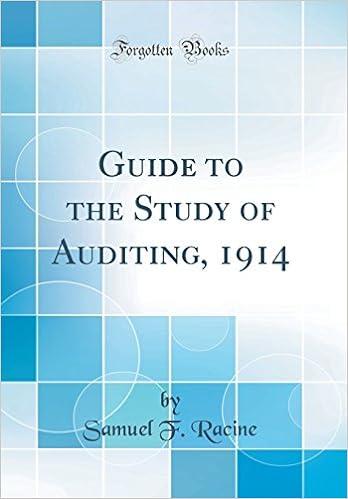Answered step by step
Verified Expert Solution
Question
1 Approved Answer
Warnerwoods Company uses a perpetual inventory system. It entered into the following purchases and sales transactions for March. Date Activities Units Acquired at Cost Units
Warnerwoods Company uses a perpetual inventory system. It entered into the following purchases and sales transactions for March.
| Date | Activities | Units Acquired at Cost | Units Sold at Retail | ||||
|---|---|---|---|---|---|---|---|
| March 1 | Beginning inventory | 100 | units | @ $51.00 per unit | |||
| March 5 | Purchase | 225 | units | @ $56.00 per unit | |||
| March 9 | Sales | 260 | units | @ $86.00 per unit | |||
| March 18 | Purchase | 85 | units | @ $61.00 per unit | |||
| March 25 | Purchase | 150 | units | @ $63.00 per unit | |||
| March 29 | Sales | 130 | units | @ $96.00 per unit | |||
| Totals | 560 | units | 390 | units | |||
Compute the cost assigned to ending inventory using (a) FIFO, (b) LIFO, (c) weighted average, and (d) specific identification. For specific identification, units sold include 65 units from beginning inventory, 195 units from the March 5 purchase, 45 units from the March 18 purchase, and 85 units from the March 25 purchase.






Step by Step Solution
There are 3 Steps involved in it
Step: 1

Get Instant Access to Expert-Tailored Solutions
See step-by-step solutions with expert insights and AI powered tools for academic success
Step: 2

Step: 3

Ace Your Homework with AI
Get the answers you need in no time with our AI-driven, step-by-step assistance
Get Started


